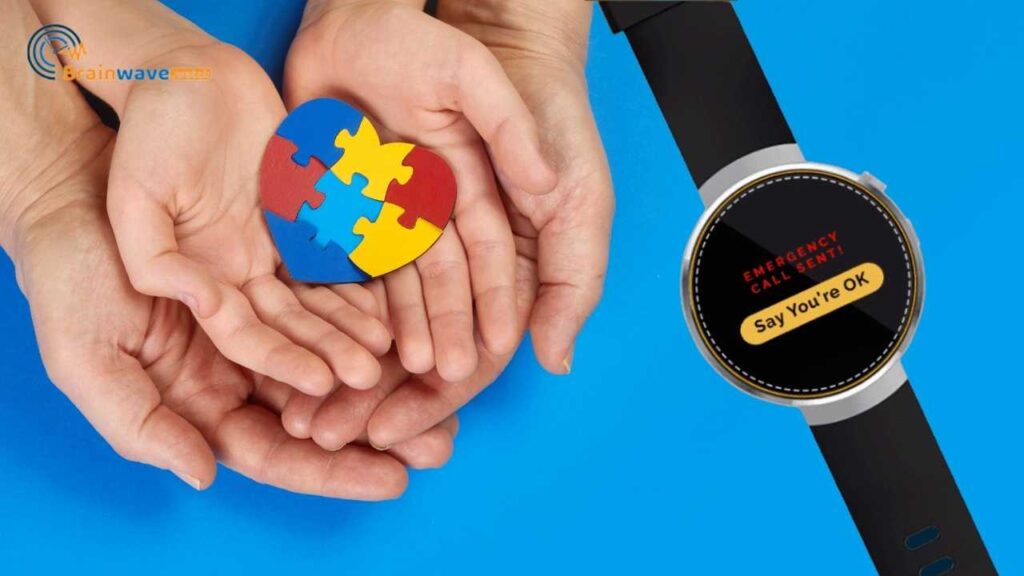Disability rights refer to the legal protections and social movements aimed at ensuring equal opportunities and access for individuals with disabilities. These rights include the right to education, employment, healthcare, and accessibility. The disability rights movement has played a significant role in advocating for the rights of individuals with disabilities and increasing awareness about the challenges they face.
There is a growing movement towards autism acceptance, which emphasizes the strengths and abilities of individuals with autism rather than focusing solely on their challenges. This movement aims to promote understanding and acceptance of autism as a natural variation of human neurodiversity. Autism acceptance aligns with the principles of disability rights, which emphasize the importance of respecting the autonomy and dignity of individuals with disabilities.
In recent years, there have been significant advancements in research and understanding of autism. However, there is still much work to be done to ensure that individuals with autism have access to the resources and support they need to thrive. By promoting autism acceptance and disability rights, we can create a more inclusive and equitable society for all.
Frameworks for Autism Acceptance
Autism acceptance is a movement that seeks to embrace and appreciate the unique strengths and differences of individuals with autism spectrum disorder (ASD). It is a response to the traditional medical model of disability, which views autism as a disorder that needs to be cured or fixed. Instead, autism acceptance draws from the social model of disability and the neurodiversity movement to promote a more inclusive and accepting society.
Social Model of Disability
The social model of disability is a framework that views disability as a social construct rather than an inherent characteristic of an individual. According to this model, disability is not caused by an individual’s impairment or difference, but by the barriers and discrimination that exist in society. The social model of disability emphasizes the importance of removing these barriers and creating a more inclusive and accessible environment for all individuals.
Neurodiversity Movement
The neurodiversity movement is a social and political movement that seeks to promote the acceptance and celebration of neurological differences, including autism, ADHD, dyslexia, and other conditions. The movement views neurological differences as a natural part of human diversity, rather than as disorders or deficits. It emphasizes the strengths and abilities of neurodivergent individuals and advocates for their full inclusion and participation in society.
Legal Protections and Advocacy
People with disabilities, including those on the autism spectrum, have legal protections and advocacy that can help them navigate the challenges they face. Here are some of the most important legal protections and advocacy measures available to people with disabilities:
Americans with Disabilities Act (ADA)
The Americans with Disabilities Act (ADA) is a federal law that prohibits discrimination against people with disabilities in employment, transportation, public accommodations, and other areas of life. The ADA defines disability as a physical or mental impairment that substantially limits one or more major life activities. This includes people on the autism spectrum who may have difficulty with social interaction, communication, and sensory processing.
Under the ADA, employers must provide reasonable accommodations to employees with disabilities to help them perform their job duties. For example, an employer may need to provide a quiet workspace or allow an employee to take breaks to manage sensory overload. Public accommodations, such as restaurants, hotels, and stores, must also provide reasonable accommodations to people with disabilities to ensure equal access to their services.
United Nations Convention on the Rights of Persons with Disabilities
The United Nations Convention on the Rights of Persons with Disabilities (CRPD) is an international treaty that sets out the rights of people with disabilities. The CRPD recognizes that people with disabilities have the same human rights as everyone else and should be able to participate fully in society.
The CRPD covers a wide range of issues, including education, employment, accessibility, and healthcare. It requires countries that ratify the treaty to take steps to ensure that people with disabilities can enjoy their rights on an equal basis with others. This includes providing reasonable accommodations, promoting accessibility, and combating discrimination.
Community and Culture
Autistic Community Initiatives
The Autistic community has been instrumental in advocating for the rights of individuals with Autism Spectrum Disorder (ASD). They have pushed for a paradigm shift from the traditional medical model to a social model of disability that recognizes the role of societal barriers in creating disability. Autistic self-advocacy organizations, such as the Autistic Self Advocacy Network (ASAN), have been at the forefront of this movement. ASAN is a national grassroots organization run by and for Autistic people that seeks to promote the rights of Autistic people through advocacy, public policy, and community building.
ASAN has also been involved in promoting the concept of neurodiversity, which recognizes that neurological differences, including those associated with ASD, are natural variations in the human genome rather than disorders that need to be cured. This approach emphasizes the need for acceptance and accommodation rather than cure and normalization.
Inclusive Education and Employment
Inclusive education and employment are critical components of the push for disability rights and Autism acceptance. Inclusive education refers to the practice of educating students with disabilities in the same classrooms as their non-disabled peers, with appropriate accommodations and support. Inclusive education has been shown to have numerous benefits for students with ASD, including improved academic outcomes, increased socialization, and decreased stigma.
Similarly, inclusive employment refers to the practice of hiring individuals with disabilities, including those with ASD, in the same jobs as their non-disabled peers, with appropriate accommodations and support. Inclusive employment has been shown to have numerous benefits for both employees and employers, including increased productivity, decreased absenteeism, and improved job satisfaction.
Challenges and Controversies
Medical vs. Social Perspectives
One of the main controversies in the intersection of disability rights and autism acceptance is the clash between medical and social perspectives. The medical perspective views autism as a disorder that needs to be cured or treated, whereas the social perspective views autism as a natural variation of human neurodiversity that should be accepted and accommodated.
According to a research article, the medical model of disability locates the problems and challenges of a disabled person in their physical or cognitive dysfunctions, whereas the social model of disability argues that disability is primarily a social condition caused or highlighted by the structure of society, the physical and social barriers, and the lack of accommodations.
This clash between medical and social perspectives has significant implications for the way autism is perceived, diagnosed, and treated. While the medical model emphasizes early diagnosis and intervention, the social model emphasizes the importance of accepting and accommodating autistic individuals without trying to change them.
Accessibility and Accommodation Issues
Another challenge in the intersection of disability rights and autism acceptance is the issue of accessibility and accommodation. Autistic individuals often face significant barriers to accessing education, employment, healthcare, and other essential services. These barriers can be physical, such as the lack of wheelchair ramps or sensory-friendly environments, or social, such as the lack of understanding and accommodation from non-autistic individuals.
According to a research article, addressing the intersectionality of race and disability is crucial to improving autism care. The article emphasizes the importance of fostering and maintaining an intersectional lens to address the unique challenges faced by Black, Indigenous, and people of color (BIPOC) autistic communities.






